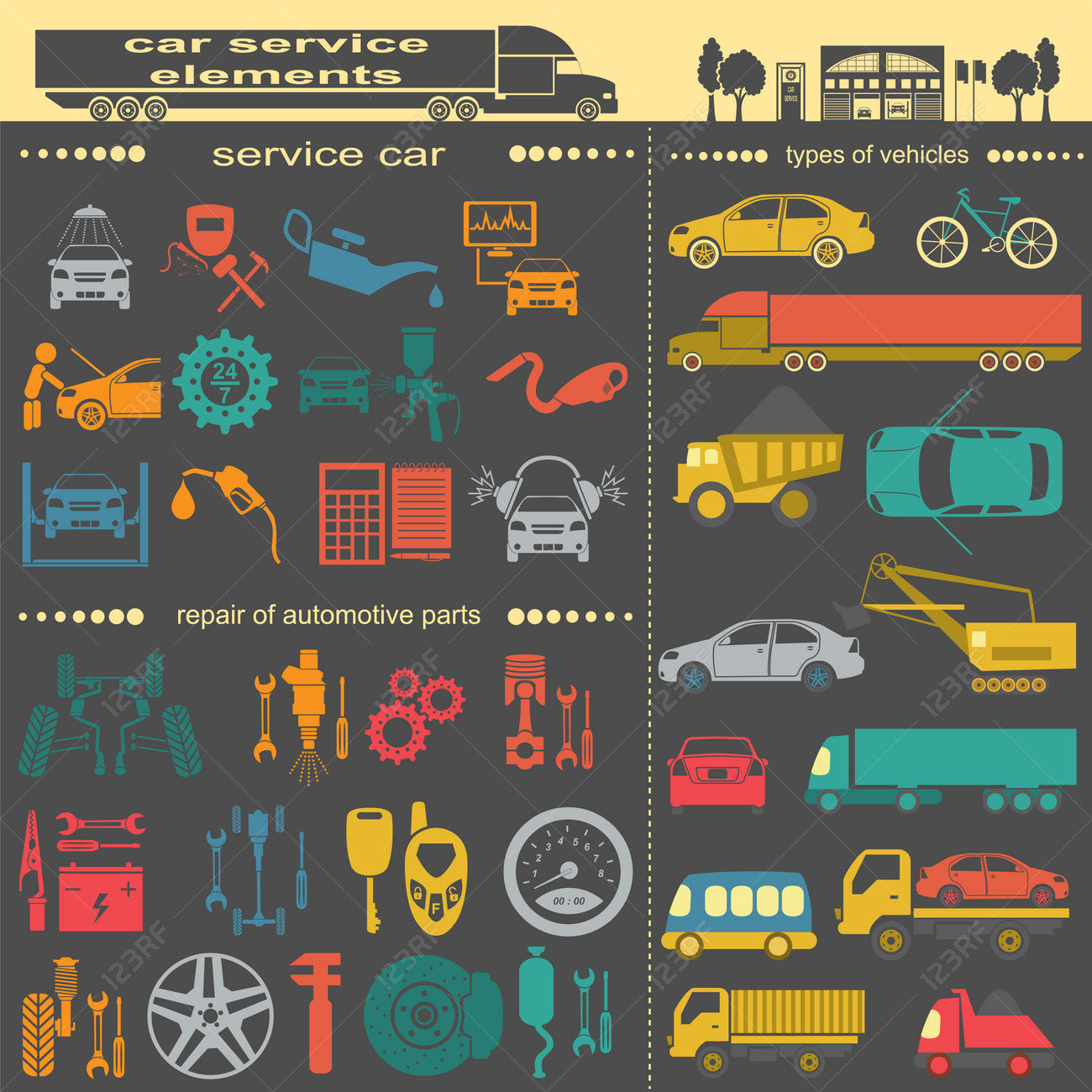Interested In Understanding The Caution Lights On Your Cars And Truck'S Dashboard? Discover Their Value For Your Lorry'S Security And Overall Problem
Interested In Understanding The Caution Lights On Your Cars And Truck'S Dashboard? Discover Their Value For Your Lorry'S Security And Overall Problem
Blog Article
Short Article Produced By-Boye Stark
When you're behind the wheel, those glowing caution lights on your dashboard can be a bit perplexing. Do you know what they're attempting to inform you about your vehicle's wellness? Recognizing the relevance of these lights is crucial for your safety and the longevity of your car. So, the following time one of those lights pops up, would not you wish to understand its message precisely and take the essential steps to address it?
Common Caution Lights and Interpretations
Identify common warning lights in your vehicle and comprehend their significances to guarantee risk-free driving.
One of the most regular caution lights consist of the check engine light, which indicates concerns with the engine or emissions system. If a & m detailing begins, it's critical to have your car checked promptly.
The oil pressure cautioning light indicates low oil pressure, requiring immediate interest to avoid engine damages.
A flashing battery light could recommend a faulty billing system, possibly leaving you stranded if not dealt with.
The tire stress surveillance system (TPMS) light informs you to low tire stress, affecting car stability and gas efficiency. Neglecting this could lead to risky driving conditions.
https://www.aftermarketnews.com/fleetpride-acquires-portville-truck-auto-repair/ indicates a problem with the anti-lock stopping system, compromising your capacity to quit rapidly in emergency situations.
Last but not least, the coolant temperature advising light warns of engine overheating, which can result in severe damages otherwise fixed swiftly.
Understanding these common caution lights will aid you address issues immediately and preserve safe driving problems.
Significance of Prompt Interest
Recognizing the usual warning lights in your car is only the very first step; the importance of without delay resolving these warnings can't be stressed sufficient to ensure your safety on the road.
When a caution light brightens on your control panel, it's your car's method of communicating a potential issue that requires interest. Neglecting these warnings can result in more severe problems in the future, jeopardizing your security and potentially costing you much more in repairs.
Prompt attention to cautioning lights can avoid breakdowns and crashes. As an example, a flashing check engine light could suggest a misfire that, if left neglected, can create damages to the catalytic converter. Resolving https://rafaelfausm.liberty-blog.com/30374614/ready-for-a-comprehensive-examination-right-into-the-exceptional-vehicle-repair-shops-that-will-innovate-your-cars-and-truck-maintenance-method can conserve you from an expensive repair service.
In a similar way, a brake system alerting light could signal low brake liquid or worn brake pads, critical parts for your safety and security when driving.
Do It Yourself Troubleshooting Tips
If you see a warning light on your dashboard, there are a couple of DIY troubleshooting pointers you can attempt before seeking professional help.
The initial step is to consult your car's handbook to comprehend what the particular caution light shows. Often the problem can be as straightforward as a loosened gas cap activating the check engine light. Tightening up the gas cap may resolve the trouble.
One more common problem is a reduced battery, which can cause various alerting lights. Examining the battery connections for corrosion and ensuring they're protected might repair the issue.
If a caution light persists, you can attempt resetting it by detaching the auto's battery for a few minutes and afterwards reconnecting it. In addition, inspecting your automobile's liquid degrees, such as oil, coolant, and brake fluid, can assist repair cautioning lights related to these systems.
Final thought
In conclusion, understanding your auto's caution lights is essential for keeping your automobile running efficiently and securely. By without delay addressing these alerts and understanding what they mean, you can avoid expensive fixings and prospective malfunctions.
Bear in mind to consult your cars and truck's manual for certain details on each warning light and do something about it appropriately to make certain a trouble-free driving experience.
Remain educated, remain safe when traveling!
